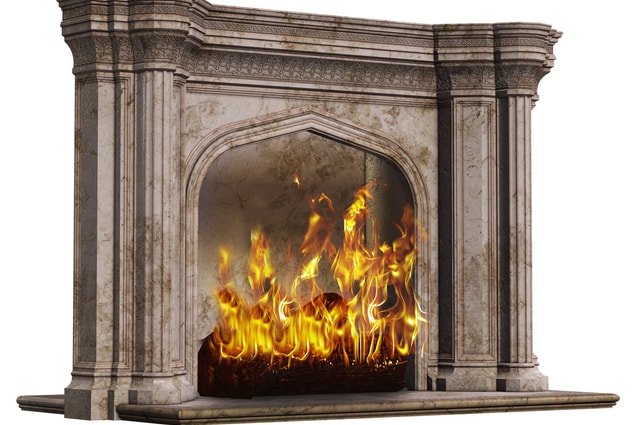Famous Victorian Fireplaces
Victorian Fireplaces
The Victorians gave a lot to Britain and architecture is one of the areas where they most brightly shone. An exploding industrial revolution created opportunities and wealth for those who benefited from the expansion of the machine.

Beautiful homes became the pride of the Victorian woman and one of the finest features of that home was the illustrious fireplace. Not only did it warm her family but it was a statement of beauty and status.
The Victorian era is defined by the rule of Queen Victoria who sat on the throne from 1837 until her death in 1901 but the influences of Victorian style stretch beyond that time. When it comes to fireplaces there are two categories they fall into: those in the early and mid Victoria era and those in the late. Early Victorian fireplaces were very decorative and emphasised on detail just as floral patterning. This particular style has seen a revival and is very popular in modern day architecture. Later in the Victorian era the florals disappeared and were replaced with shapes that displayed a more minimalistic look. These Victorian fireplaces came in different materials ranging from marble to antique wood.
It isn’t just marble and wood that were used to create beautiful fireplaces in the Victorian era. In nineteenth century France a fireplace was created using metal and not just any metal but cast iron. Despite its clumsy and hardy nature, the cast iron is made into something beautiful with a curved arch and hanging fruit.
Another strange fireplace in the collection originates again from the nineteenth century. A metal, specifically brass, this odd fireplace has tiles to decorate it. A strange contrast of the golden brass against the white and blue delicate tiles makes this fireplace an odd yet beautiful creation.
One of the most famous fireplaces misses the Victorian era by a year and because of that deserves a mention at least. The White House is one of the most recognisable buildings in the Western world and with that it needs architecture to back up its reputation. In 1902 a stone giant replaced former fireplaces in the state dining room of the White House, year after Queen Victoria’s death.
This fireplace was made from stone with a huge mantel decorated with a famous buffalo’s head. The fireplace stood taller than a grown man and was built to keep up with the rest of the impressive room. This giant fireplace was supposed to match the decor of an English manor. The fireplace itself pulls inspiration from different styles including Elizabethan, Georgian and Victorian. Even carved into the stone work are the words of President Adams: “I Pray Heaven To Bestow The Best Of Blessings On This House And All that shall hereafter Inhabit it. May none but Honest and Wise Men ever rule under This Roof.”
A fireplace with a message from the past, deeper than the decorative carving of the stonework.